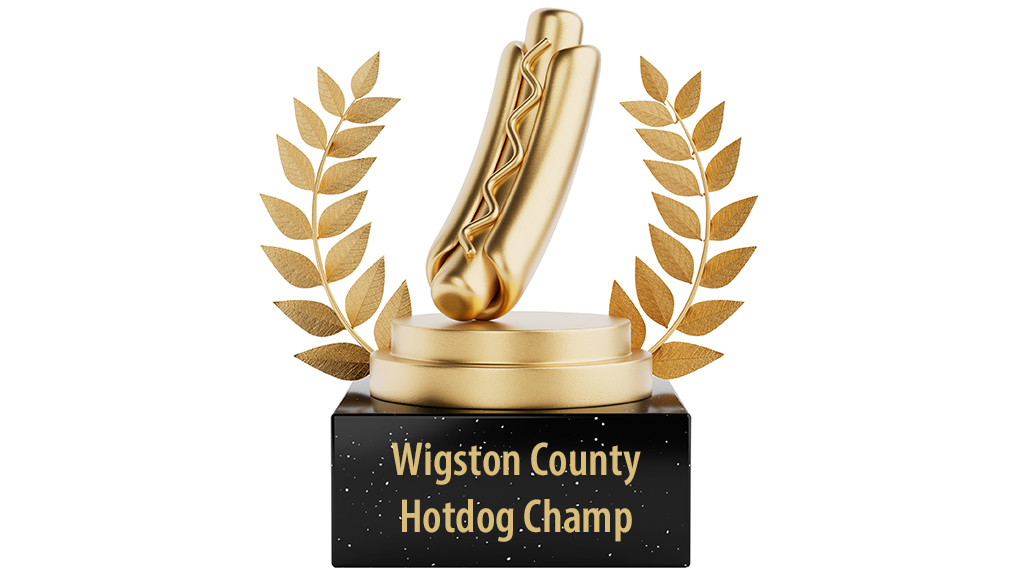NSTA's Scaling Up For STEM Fellowship 2025: Your Guide to the Benefits of the Program and a Successful Application
Join us on Thursday, November 21, 2024, from 7:00 PM to 8:00 PM ET, to learn about NSTA'
Join us on Thursday, November 21, 2024, from 7:00 PM to 8:00 PM ET, to learn about NSTA'
Join us on Thursday, November 21, 2024, from 7:00 PM to 8:00 PM ET, to learn about NSTA'
Join us on Thursday, November 21, 2024, from 7:00 PM to 8:00 PM ET, to learn about NSTA'









